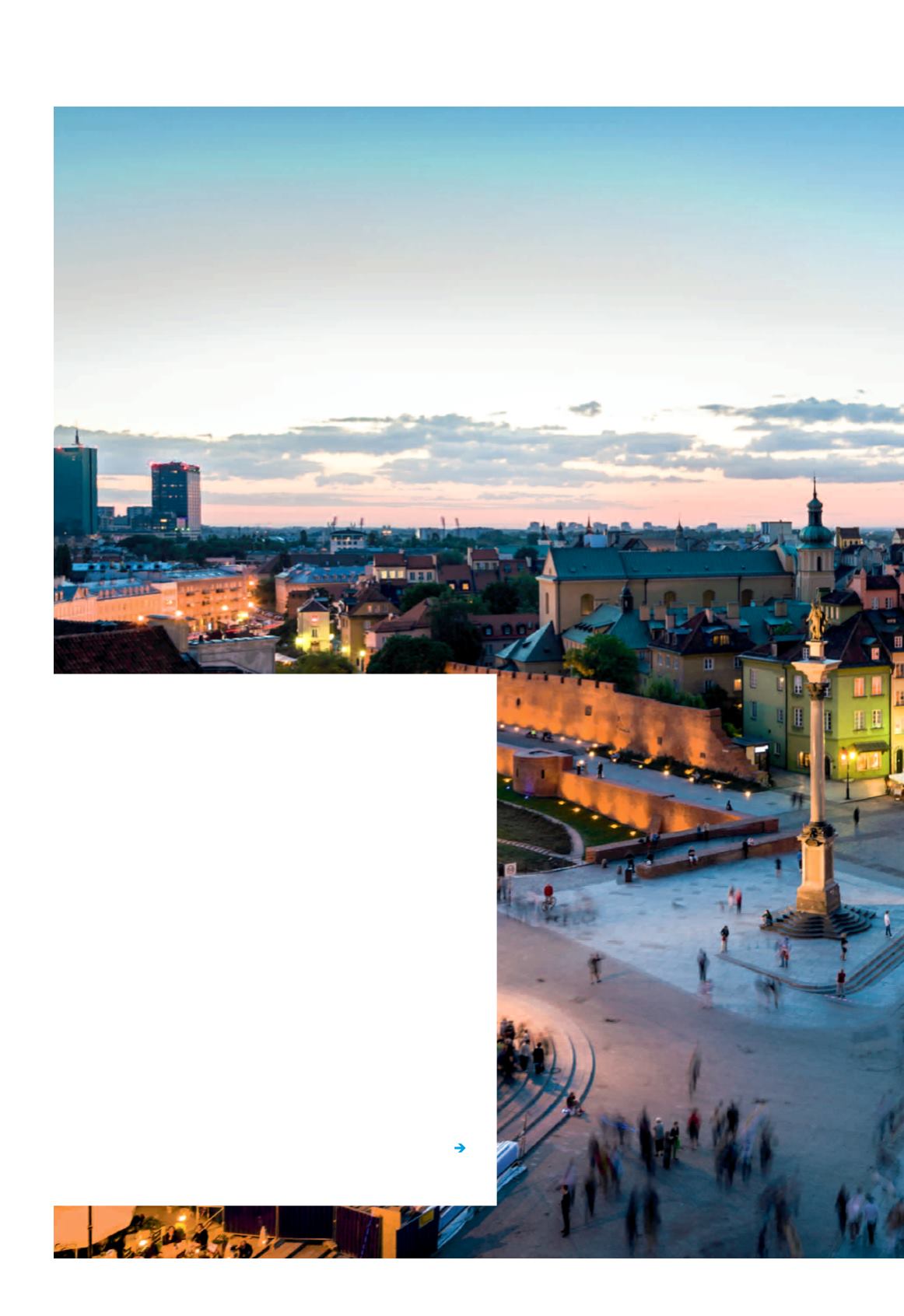

I
n mid-January, ratings agency Fitch announced a positive
“A-” rating for Poland on account of its “solid macroeconomic
fundamentals, including a stable banking system and sound
fiscal policy”. Moody’s rating also remained unchanged at
“A2 negative”. The country’s steady economic growth helped
it to withstand the effects of the global financial crisis in 2008.
Poland is ranked 25th in the world in terms of GDP. Growth is in
excess of three per cent. In 2016, around 80 exhibitors from
Poland showcased their potential and innovation capabilities at
the world’s largest industrial trade fair in Hanover. This year there
are 100. Poland ranks as one of the top countries in Central and
Eastern Europe among investors. In the industrial and automo
tive sectors in particular, Poland, as the hub between Western
and Eastern Europe, records steady growth. Another good reason
for the partnership with Hannover Messe in 2017 is the fact that
Poland is a major trading partner of Germany, while Germany is
Poland’s biggest purchaser and supplier of goods.
Education with a long tradition
For centuries, Poles have made new homes for themselves all over
the world, working as sailors, as miners in France or as industrial
workers in the USA. According to statistics, there are 1.7 million
people of Polish ancestry in the Chicago metropolitan area – the
same number of people as in Poland’s capital, Warsaw. Over the
centuries, the search by Poles for better-paid work around the
Land of tradition
and modernity
Poland is the sixth largest country in the European Union.
It is a country that is
characterised by strong economic growth, a highly educated young population
and a diverse landscape. It also maintains a strong connection with history and
tradition. This year, the spotlight has been on Poland as the partner country of
Hannover Messe. And with good reason.


















